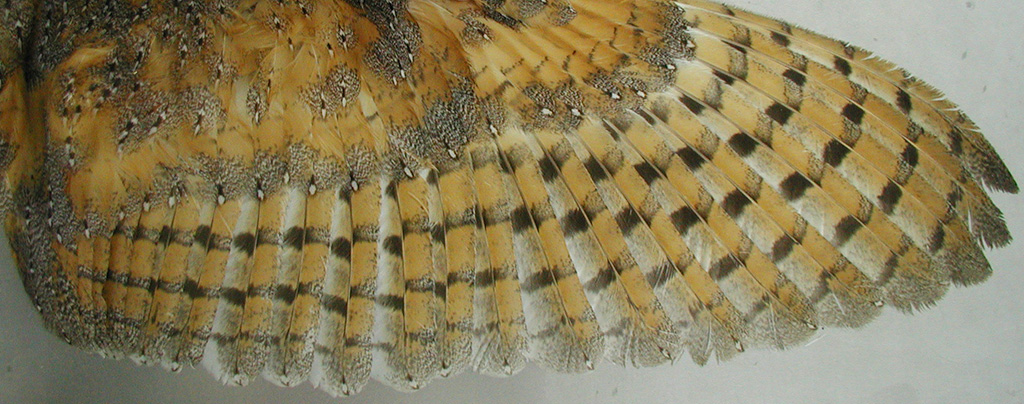
In December 2015 our paper Barn owl feathers the biomonitors of mercury: sources of variation in sampling procedures was published “online first” in Ecotoxicology. This multidisciplinary work in the field of Ecotoxicology uses the Barn Owl as a model to test some sources of intra-individual variation in mercury concentrations measured in feathers: feather type and position on the wing, mass and length of flight feathers. Feather type has a week effect on intra-individual variation in mercury concentrations. Regarding flight feathers, only mass has a negative effect. To the current knowledge on the accumulation of mercury in feathers, and given that all analysed feathers grown simultaneously in the nest, the results point to the possibility of differences in feather growth rate may be the main driver of between-feather differences in Hg concentrations. In the end, the authors present recommendations to be considered at different sample contexts in order to get the best estimates of mercury contamination in Barn Owl feathers. The study is part of Inês Roque’s PhD and is a teamwork involving University of Évora, University of Aveiro and University of Lausanne (Switzerland).
